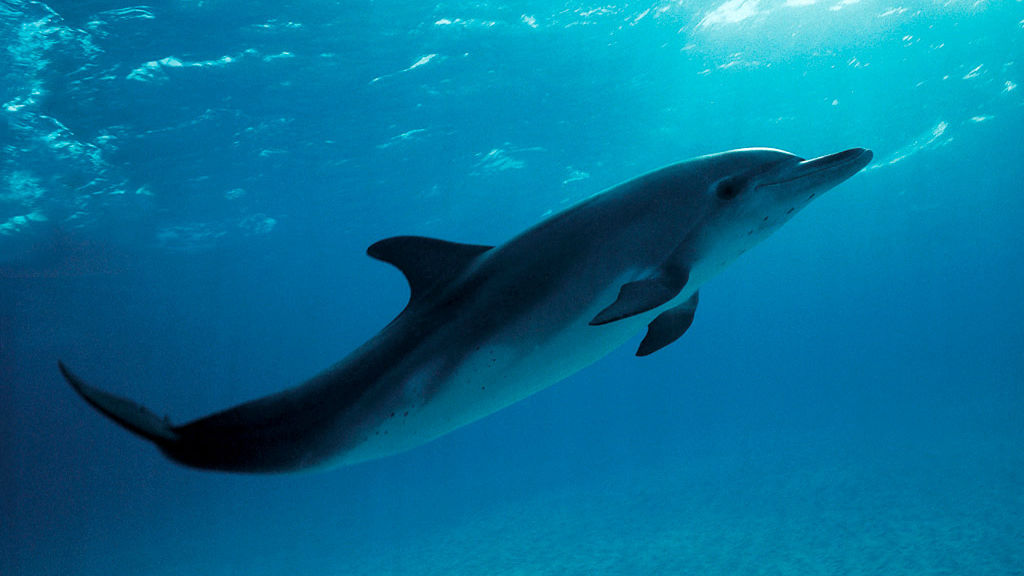Animal Protection Measures Proposed for Gulf of Mexico

The U.S. Bureau of Ocean Energy Management (BOEM) has released a Draft Programmatic Environmental Impact Statement (PEIS) that recommends strong measures to protect marine mammals and coastal environments in the Gulf of Mexico from the potential impacts of geological and geophysical surveys for oil, gas and minerals.
Completion of the draft PEIS was a condition of a federal court settlement between BOEM and the National Resource Defense Council and other co-plaintiffs announced earlier this year.
The draft PEIS evaluates the potential environmental impacts of survey activities on marine mammals, fish, corals and other environmentally sensitive species in the seabed and water column of the Gulf’s Outer Continental Shelf. The surveys will inform oil and gas exploration and sand extraction in Federal and adjacent state waters.
The survey activities assessed in the draft PEIS include deep-penetration and high-resolution seismic surveys, electromagnetic surveys, magnetic surveys, gravity surveys, remote-sensing surveys and geological and geochemical sampling.
Among the mitigations BOEM has recommended in its preferred alternative are: requiring protected species observers on each boat, mandatory vessel avoidance of marine mammals and start up/shut down rules that apply if marine mammals are observed in the area.
“BOEM’s recommended approach offers the strongest practicable safeguards in an effort to eliminate or reduce impacts to marine mammals and the environment,” said BOEM Director Abigail Ross Hopper. “We continue to conduct research and monitor the science of this field and work with other agencies and stakeholders to create and maintain the protection of these resources.”
The target date for completing the PEIS is September 2017.
API Highlights Importance of Seismic Testing
Industry body API’s Upstream Director Erik Milito highlighted the importance of seismic testing in the Gulf of Mexico after the release of the draft.
“Seismic testing has been safely used in the U.S. and around the world for decades to locate potential new sources of energy, and we will be reviewing the PEIS in the coming weeks,” said Milito.
“Marine life and commercial fishing have thrived in the Gulf of Mexico for more than 30 years while scientists and industry experts have used safe technology without a single case of harm to animals. Seismic surveys help uncover new oil and natural gas resources in the Gulf and will allow people to make informed decisions about the potential for continued job creation and economic growth from offshore energy production in the Gulf of Mexico.”
Seismic surveys are frequently used in the Gulf of Mexico with no known detrimental impact to marine animal populations or to commercial fishing, according to a 2014 information note from BOEM’s chief environmental officer Dr William Brown. There is no evidence that the sound produced by exploring for oil and gas with seismic surveys has resulted in any physical or auditory injury to a marine mammal. These surveys are also used by the U.S. Geological Survey, the National Science Foundation and the offshore wind industry.
The draft is available here.
